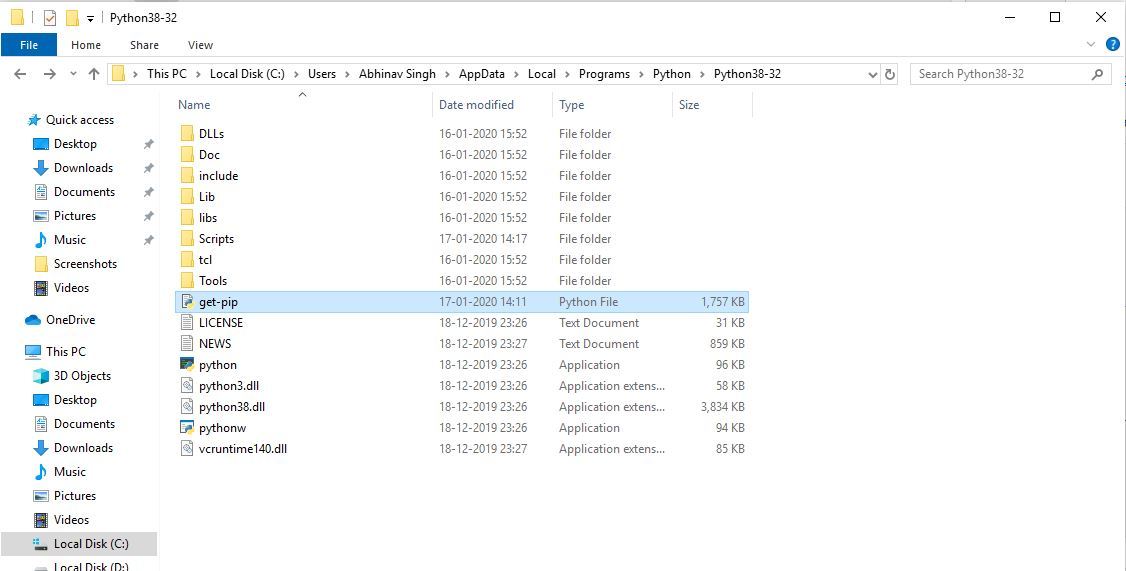


In this article, we’ll cover installing pip on CentOS, Ubuntu, and Windows. It can install packages from Python Package Index (PyPI) and other supported indexes listing Python packages. Often, downloading them or keeping them updated is a challenge, especially if your project is huge or needs to maintain multiple such projects. Python has an extensive index of available modules and packages that you can use in your projects. To remedy this situation, pin each package to a specific version and only upgrade packages intentionally.Pip (or its recursive acronym “Pip Installs Packages”) is the package installer for Python. As soon as new versions of any of these packages are available, future builds will automatically include them. Your requirements.txt file doesn't have to include version numbers. To look for specific packages, use grep: pip freeze | grep "AwesomePackage" A note on pinning versions Sometimes, the packages we list in requirements.txt will depend on other packages that will come along for the ride. Note: This will show all installed packages. To confirm the packages were installed you can use pip freeze.

It simplifies the installation process.Other developers can easily install all required packages on their dev environments.It provides a list of your projects dependencies.There are a few obvious reasons to use a requirements.txt file. Now, after saving the file and exiting, we can install all of the packages together: pip install -r requirements.txt Why use requirements.txt? So I'll create a file (usually located in the root of the project directory) called requirements.txt, and add the following: AwesomePackage=2.0 Using everything we learned above, we can create a single file that lists all of the packages we want to use in our project. I started with installing packages individually, but in most cases you'll actually want to install packages in bulk using a requirements.txt file.


 0 kommentar(er)
0 kommentar(er)
